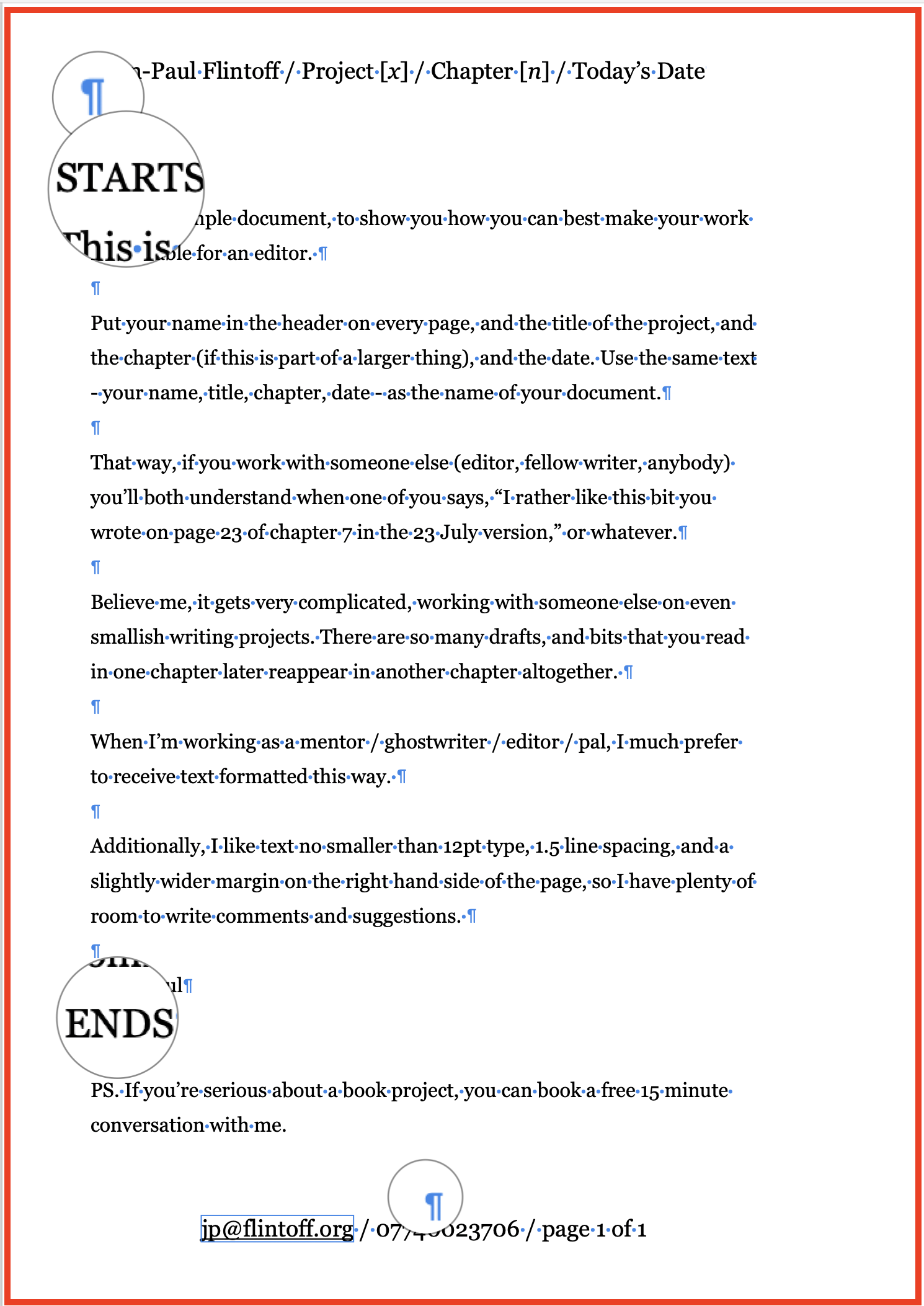Before It Gets Too Late
Everybody knows this. When you start writing something, it’s short; and if you continue it becomes long.
But for reasons that escape me, many people don’t seem to recognise something else: the longer you continue writing, the more complicated and confusing it becomes.

And I’m not talking about the content of the writing – the plot, the characters, the technical info. I’m talking about the process of generating substantial quantities of text, where you save it, how you share it, and how to find the bits you need.
I have had to learn the hard way. I’m somebody who generally likes to jump in spontaneously, with little appetite or instinct for planning.
But it’s a mistake not to think about this at the start.
Before you know it, that little thing you are writing just for yourself becomes something you might like to show to other people. Then you tweak it, move things around so that what was previously in chapter 4 is now to be found in chapter 2 – or whatever. Then you decide it would be helpful to print out the whole thing again. And send it to someone else.
And eventually you realise that you are in a terrible muddle.
And so is everyone else!
In the last few years I’ve worked with several writers on books, some of them now available in bookshops. As a mentor / ghost-writer / editor I’ve received a lot of different documents. They come to me over a period of several months, and it gets very very very very very confusing at times.
What am I looking at? Am I reading the right version?
I frequently teach on residential courses at Arvon, where I find myself reading as many as sixteen people’s work in a very short time, and delivering one-to-one tutorials on them.
Again, confusion reigns: am I talking to the right person about the right manuscript?
Whoever you are, whatever ambitions you have, you need to think ahead about your reader. Not to be slavish, pandering to what you think will please them, but to be clear.
The least you can do is make it really obvious what they are reading, who it’s by, when it was delivered, and what page they’re on. That way, if they drop lots of papers on the floor, at least you can be sure they’ll know which papers are from you, and in what order they should be read.
To be even more helpful, you might add your contact details.
After struggling for a number of years to manage other people’s manuscripts, I decided to create a prototype document, formatted so that anybody who uses it can make it easier for me – and for their other readers – and therefore, in the long run, for themselves too.

Feel free to study it here and make notes. Take what you like, and leave the rest. I make no claim to this being a definitive format. There must be other ways. But I’ve been around a fair bit. I’ve published thousands of newspaper articles and seven books for seven different publishers.
If you have a better idea, use it! If you don’t, you can use this.
If you would like to download this actual version, as a pre-formatted a Word document ready for you to re-use, I’d be delighted. It’s available for the very reasonable sum of £5 – and if you’re quick you can get it for nothing at all (first 30 downloads only).
Here it is: